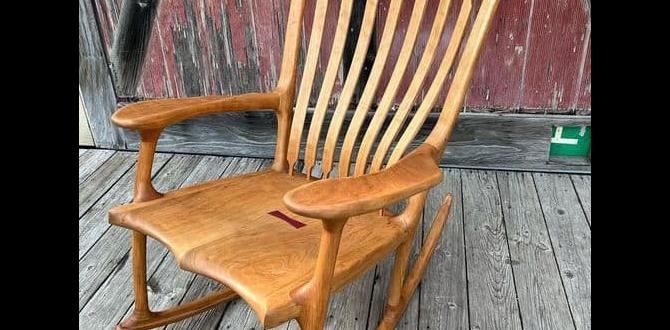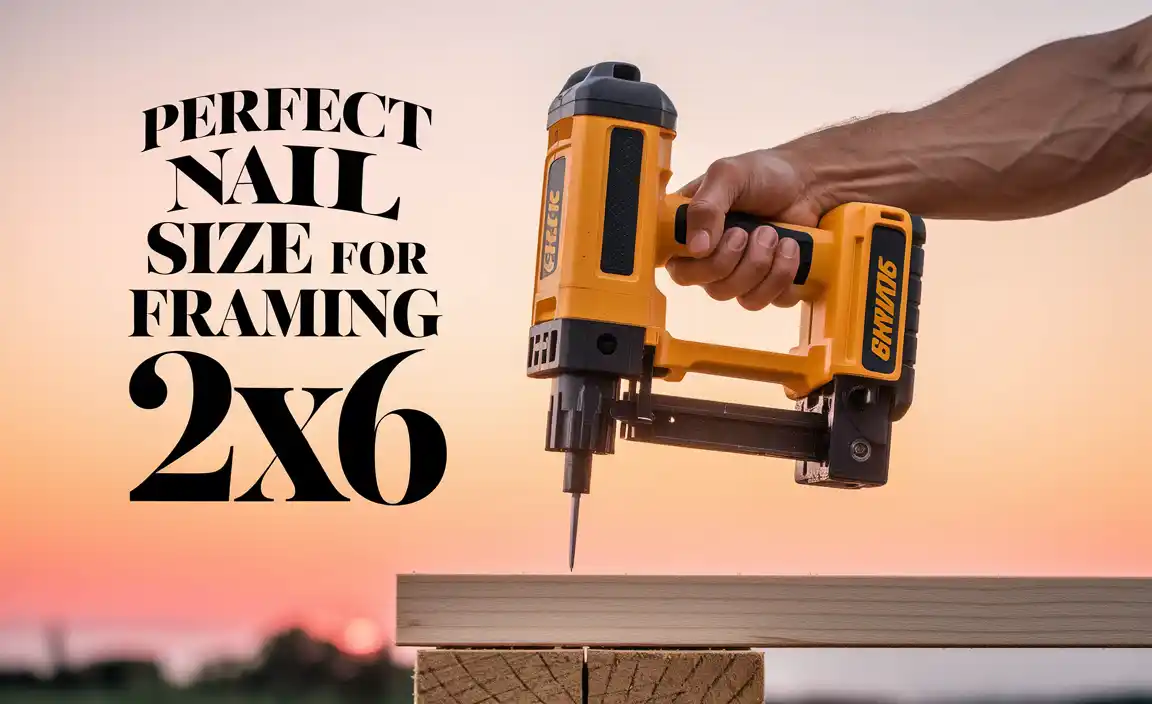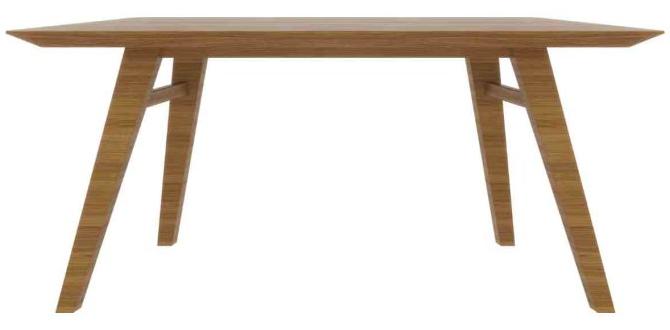Have you ever wondered how to measure wood accurately? If you work with lumber, you need a Board Feet Calculator. This handy tool helps you find out how much wood you have in a simple way. Imagine building a treehouse or a wooden toy. Knowing the right amount of wood can make all the difference.
Using a Board Feet Calculator is like having a magic number guide in your pocket. It can turn a tricky problem into an easy solution. Did you know that one board foot equals a piece of wood that is one inch thick, one foot wide, and one foot long? Isn’t that fascinating?
In this article, we will explore how to use a Board Feet Calculator effectively. You’ll discover tips and tricks to make sure you get the correct measurements every time. Ready to learn more? Let’s dive in!
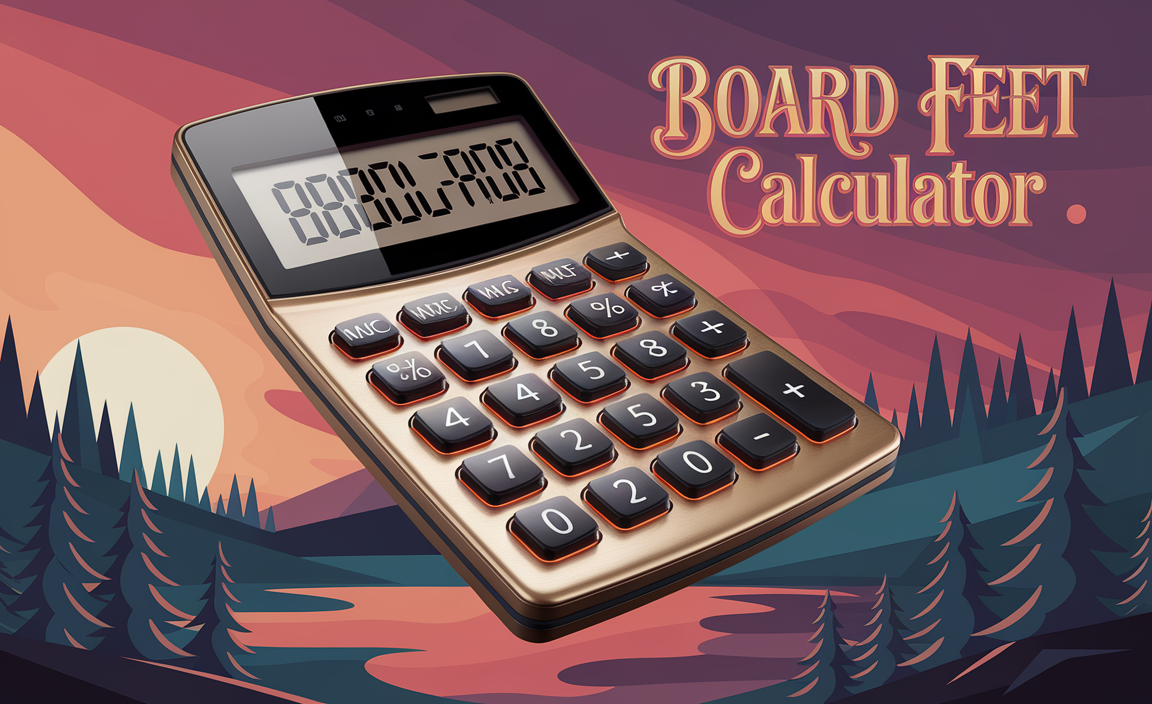
Table of Contents
Understanding The Board Feet Calculator For Lumber Projects
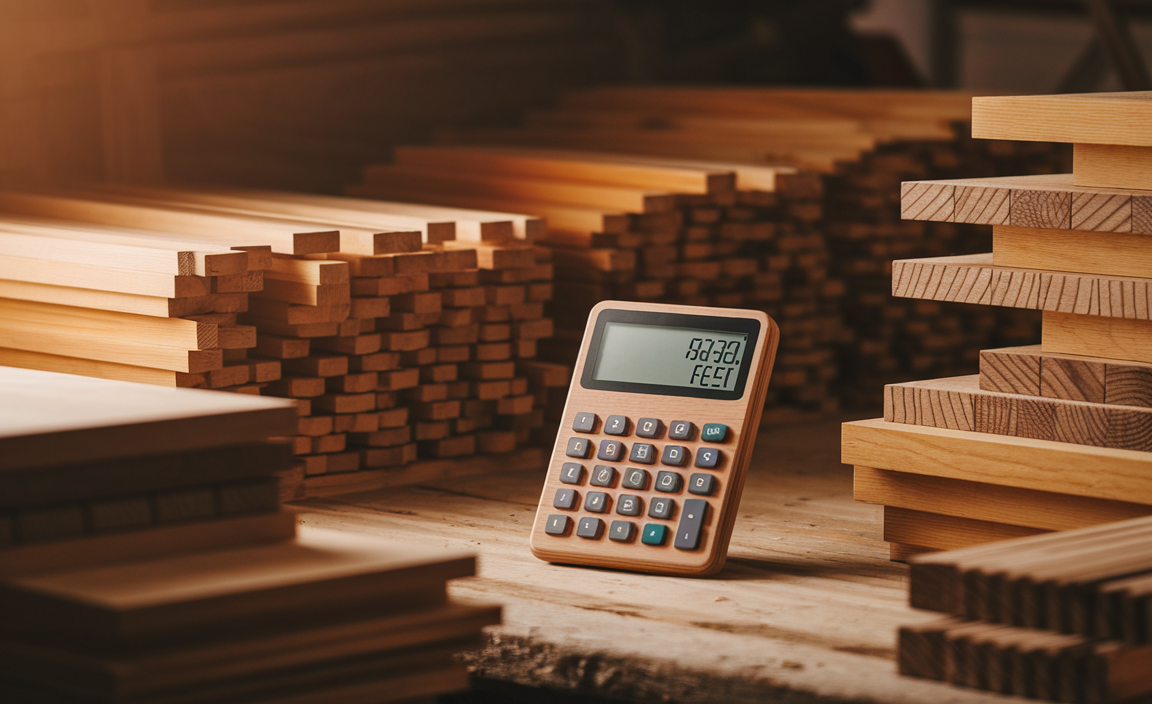
A board feet calculator is a handy tool for anyone using lumber. It helps you find how much wood you need for your projects. Imagine building a treehouse or crafting furniture; knowing the board feet can save money and time. This calculator considers length, width, and thickness of the wood. Did you know one board foot equals a volume of 144 cubic inches? With this tool, planning your next woodworking adventure just got easier!
What is a Board Foot?
Definition of a board foot and its significance in lumber measurement. Typical dimensions used to calculate a board foot.
A board foot is a unit of measurement for lumber that helps us understand how much wood we’re dealing with. It is equal to a volume of wood that measures 12 inches long, 12 inches wide, and 1 inch thick. Think of it as a way to measure wood without needing a ruler! This measurement tells lumber workers how much wood they need for a project. You can’t build a treehouse without knowing how much lumber to buy, right?
| Length (inches) | Width (inches) | Thickness (inches) | Board Feet |
|---|---|---|---|
| 12 | 12 | 1 | 1 |
| 12 | 6 | 2 | 1 |
| 6 | 6 | 3 | 1 |
Using a board foot calculator makes life easier! It ensures you get the right amount of lumber without overspending or running out of wood while building that epic tree house.
Importance of Using a Board Feet Calculator
Benefits of calculating board feet accurately. Common applications in woodworking, construction, and furniture making.
Using a board feet calculator helps you measure wood accurately. This is important to save money and avoid waste. When you know how much wood you need, you can plan better. Here are some benefits:
- Perfect measurements for projects.
- Less wasted wood means lower costs.
- Quick estimates save time in woodworking.
People use these tools in woodworking, construction, and making furniture. Accurate calculations lead to better results in every project.
Why is a board feet calculator important?
It helps ensure you buy the right amount of wood, saving you money and resources.
How to Calculate Board Feet Manually
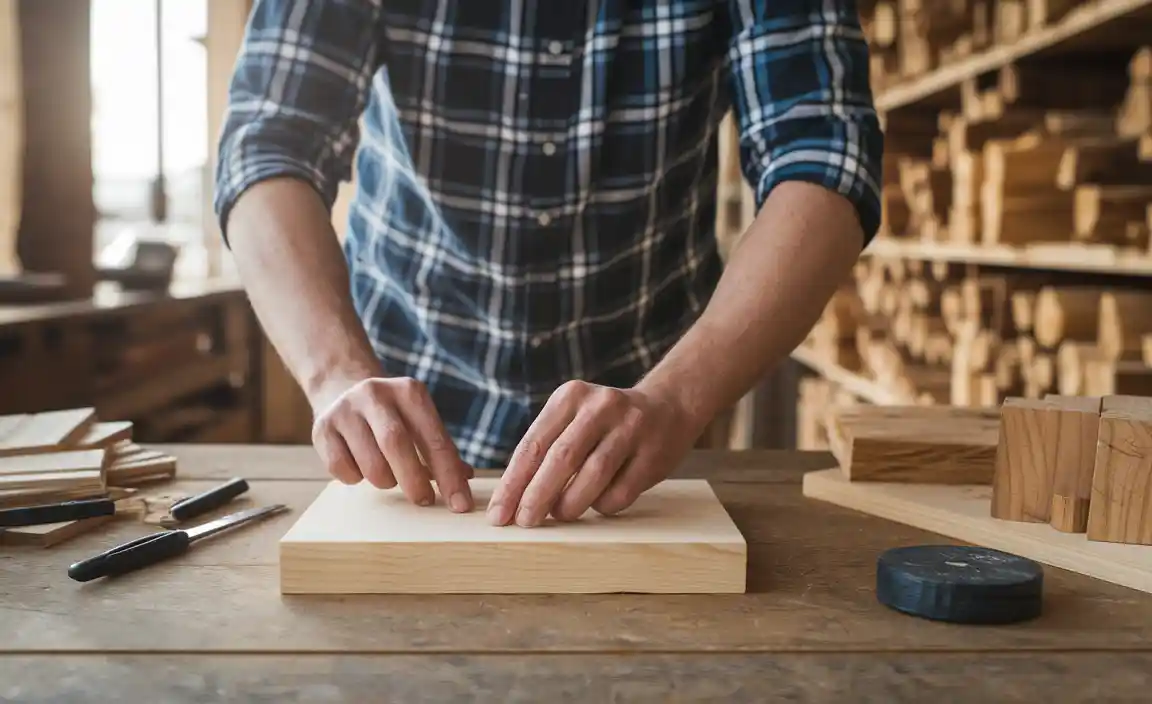
Stepbystep method for calculating board feet without a calculator. Examples illustrating manual calculation.
Calculating board feet manually? It’s easier than finding your socks in the laundry! First, measure the length, width, and thickness of your wood in inches. Multiply these numbers together and then divide by 144. This will give you the board feet! For example, if your wood is 10 feet long, 6 inches wide, and 2 inches thick, the calculation looks like this:
| Length (inches) | Width (inches) | Thickness (inches) | Board Feet |
|---|---|---|---|
| 120 | 6 | 2 | 10 |
So, 120 x 6 x 2 = 1440 cubic inches. Now divide 1440 by 144, and voilà! You have 10 board feet. Easy peasy, right?
Features of a Board Feet Calculator
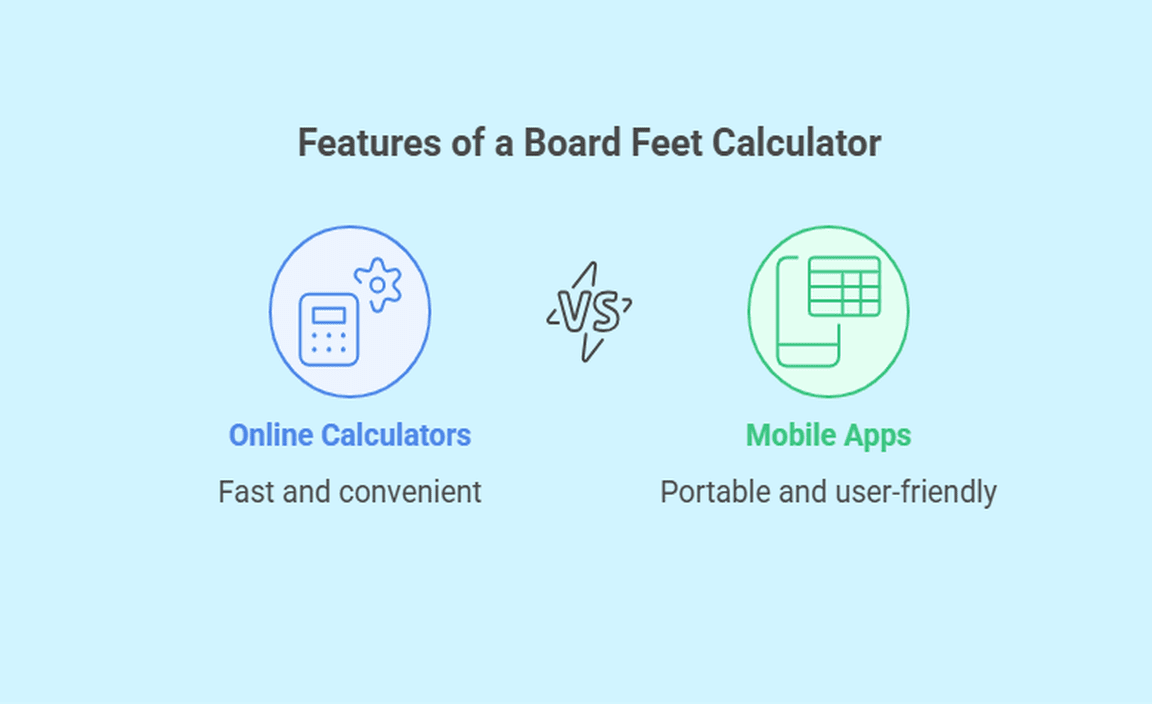
Key functionalities of digital board feet calculators. Comparison between different types of calculators (online, apps, manual).
A board feet calculator helps woodworkers and builders make quick measurements. It accurately calculates the volume of lumber, making life easier. Key features include easy input options and instant results! Online versions are great for fast use, while apps can work on the go. Manual calculators are like using a calculator from the Stone Age—slow and less fun. Here’s a quick comparison:
| Type | Pros | Cons |
|---|---|---|
| Online | Fast, convenient | No internet needed |
| Apps | Portable, user-friendly | Requires download |
| Manual | Classic | Time-consuming, can be tricky |
Choosing the right one? It’s like picking between pizza and salad—both tasty, but one makes you happier!
Common Mistakes to Avoid When Using a Board Feet Calculator
Frequent errors in inputting dimensions or interpreting results. Tips for ensuring accurate measurements.
When using a board feet calculator, some common mistakes can happen. One mistake is entering the wrong size. Make sure to double-check your measurements. Another mistake is misreading the results. This can lead to confusion. To avoid these errors:
- Always measure twice.
- Use a calculator you trust.
- Write down your dimensions clearly.
By being careful, you can get accurate numbers and make smart choices for your projects!
What is the importance of using a board feet calculator correctly?
Using a board feet calculator correctly helps you save time and materials. It ensures your projects are accurate and successful.
Real-Life Applications of Board Feet Calculators
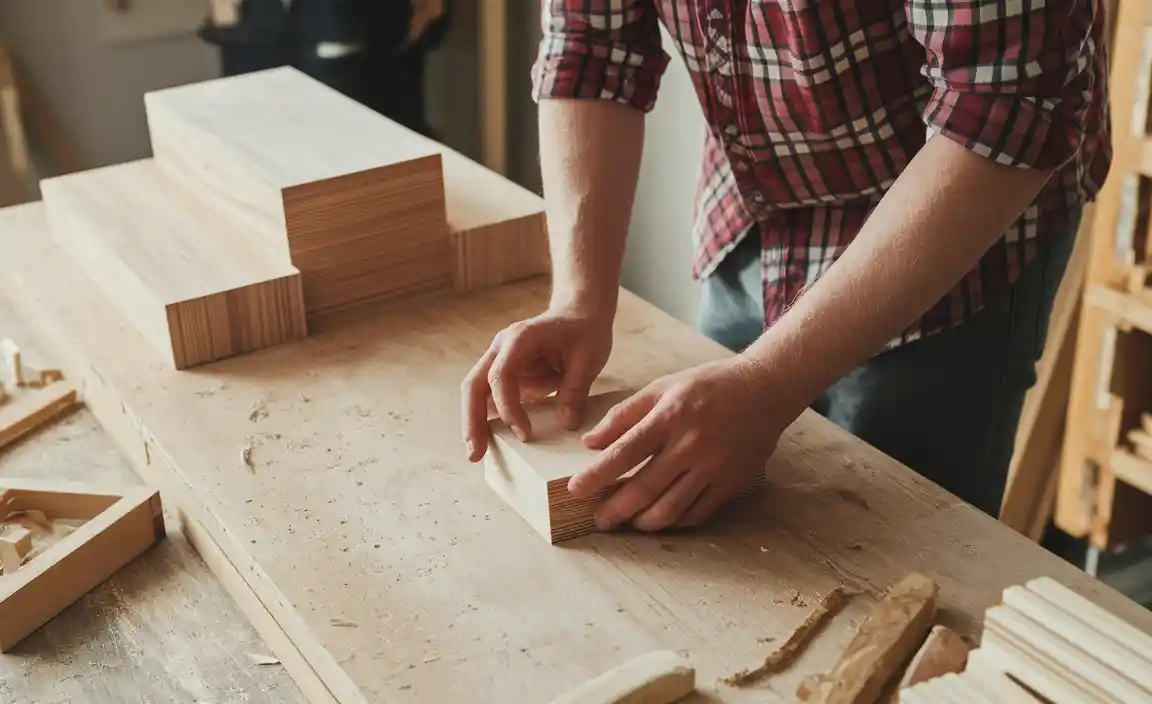
Case studies showcasing how professionals use board feet calculators. Benefits of using calculators for budgeting and project planning.
Many professionals use board feet calculators in their daily tasks. They help in estimating how much wood is needed for a project. For example, builders can quickly calculate lumber requirements, saving time and money. Just imagine a carpenter struggling with a tape measure and a confused look! With a board feet calculator, they can avoid that mishap. These tools also help with budgeting, ensuring projects stay on track. They tackle project planning like superheroes, swooping in to save the budget!
| Application | Benefit |
|---|---|
| Construction | Better resource management |
| Woodworking | Precise measurements |
| Inventory | Minimized waste |
Frequently Asked Questions About Board Feet Calculators
Answers to common queries and misconceptions. Clarification on usage scenarios and limitations of calculators.
People often wonder about board feet calculators. They think they can magically predict all their wood needs! However, these tools can help you measure lumber, but they aren’t perfect. Some folks misuse them, thinking they replace a good old-fashioned tape measure. Remember, a calculator counts, but it can’t replace common sense. Use it wisely!
| Common Questions | Answers |
|---|---|
| Can I trust the calculator for every type of wood? | Not all woods are the same. Check your measurement. |
| Are calculators only for professionals? | Nope! Everyone can use them, even your pet goldfish! |
Just keep in mind, these calculators have limits. They can’t tell you if your lumber is marked down or if it matches your mood for that DIY project. Stay curious and ask questions!
Conclusion
In conclusion, a Board Feet Calculator helps you measure lumber easily. You can find out how much wood you need for your projects. Understanding this tool saves time and resources. Now that you know its benefits, try using one for your next project. For more information, check out user-friendly guides online. Happy building!
FAQs
What Is The Formula For Calculating Board Feet In Lumber, And What Measurements Are Needed To Perform This Calculation?
To calculate board feet in lumber, we use this formula: length (in feet) times width (in inches) times thickness (in inches), then divide by 12. So, you first measure how long the piece of wood is in feet. Next, you measure its width and thickness in inches. After that, you can do the math to find out how many board feet you have!
Sure! Please provide the question you want me to answer, and I’ll be happy to help!
How Do You Convert Measurements Of Lumber From Inches To Board Feet, And Why Is This Conversion Important?
To convert inches to board feet, you first measure the wood’s size. Board feet is a way to measure lumber volume. You multiply the width in inches, the height in inches, and the length in feet. Then divide that number by 12. This conversion is important because it helps us know how much wood we need for a project and how much it will cost.
Sure! Just let me know what question you would like me to answer.
What Are Some Common Applications For Using A Board Feet Calculator In Construction Or Woodworking Projects?
A board feet calculator helps you find out how much wood you need for a project. We use it when building furniture or houses. It helps us buy the right amount of wood, so we don’t waste anything. You can also use it to measure wood for making things like shelves or cabinets. It makes planning our projects easier and helps us stay organized!
Sure! Please ask your question, and I’ll be happy to help you with a short answer.
How Does The Thickness, Width, And Length Of A Piece Of Lumber Affect The Calculation Of Board Feet?
To find board feet in lumber, we need to know three things: thickness, width, and length. Thickness is how thick the wood is. Width is how wide it is. Length is how long it is. We use these measurements in a simple math formula: thickness times width times length, divided by 12. This tells us how much wood we have!
Sure! Just ask me a question, and I’ll be happy to provide a short and clear answer.
Are There Any Online Tools Or Mobile Apps Available That Can Help Simplify The Process Of Calculating Board Feet?
Yes, there are online tools and mobile apps that can help you with this. You can find websites where you just enter measurements, and it will compute board feet for you. There are also apps you can download on your phone to do the same thing. These tools make it easy and quick to get the answer you need!
Resource:
-
Lumber measurement basics: https://www.familyhandyman.com/project/how-to-measure-and-buy-lumber/
-
Online woodworking calculators: https://www.blocklayer.com/lumber-boardfeeteng.aspx
-
Wood species and density guide: https://www.wood-database.com/wood-articles/density-of-wood-species/
-
Beginner’s guide to woodworking: https://www.popularmechanics.com/home/tools/how-to/a150/1273456/
